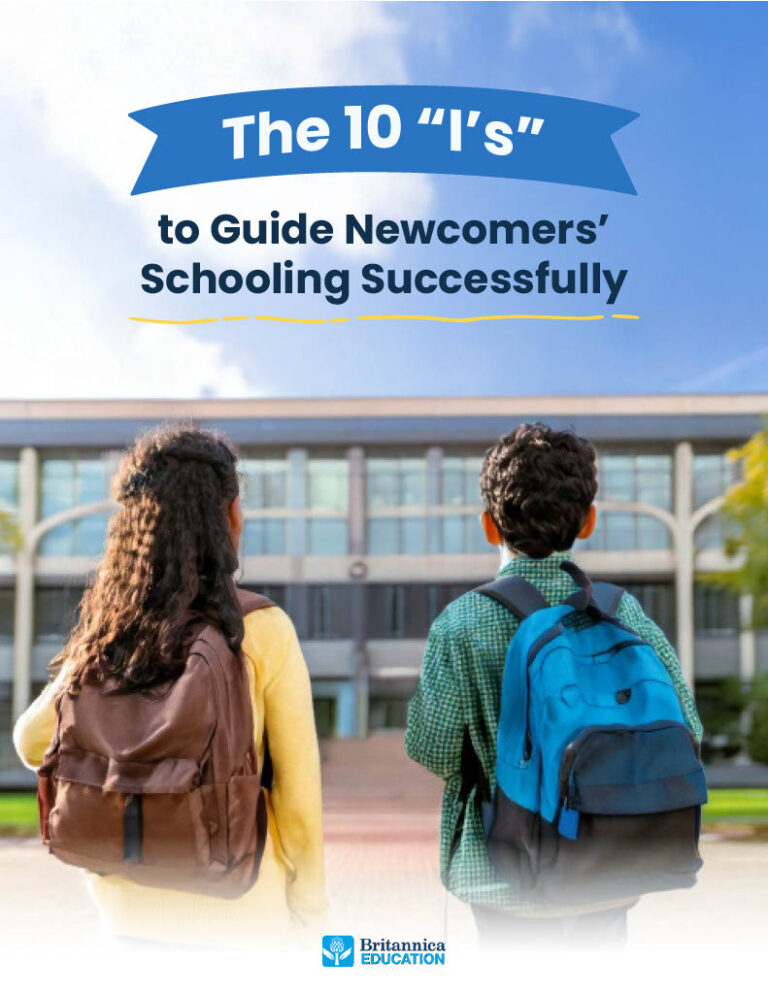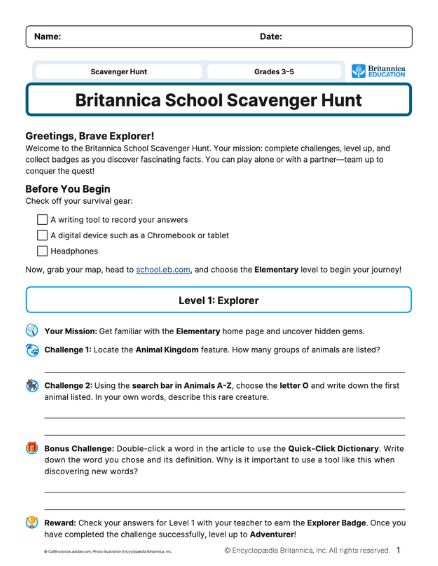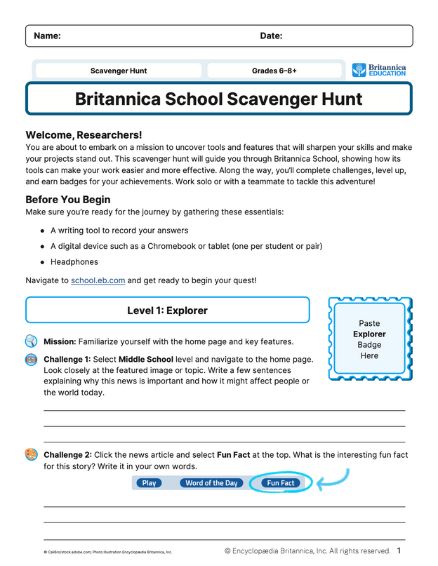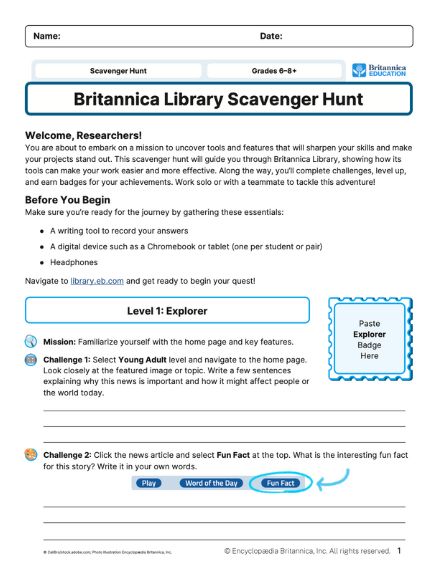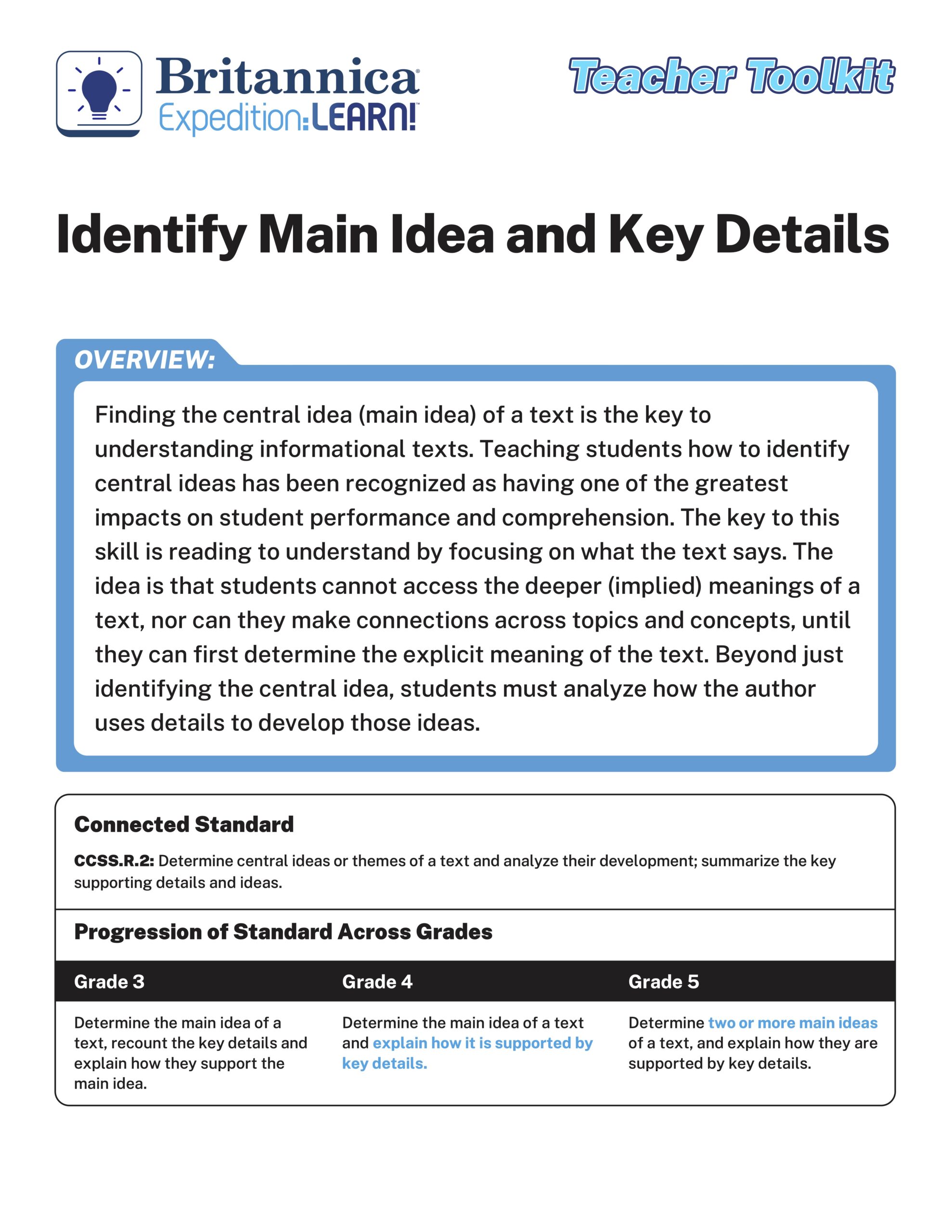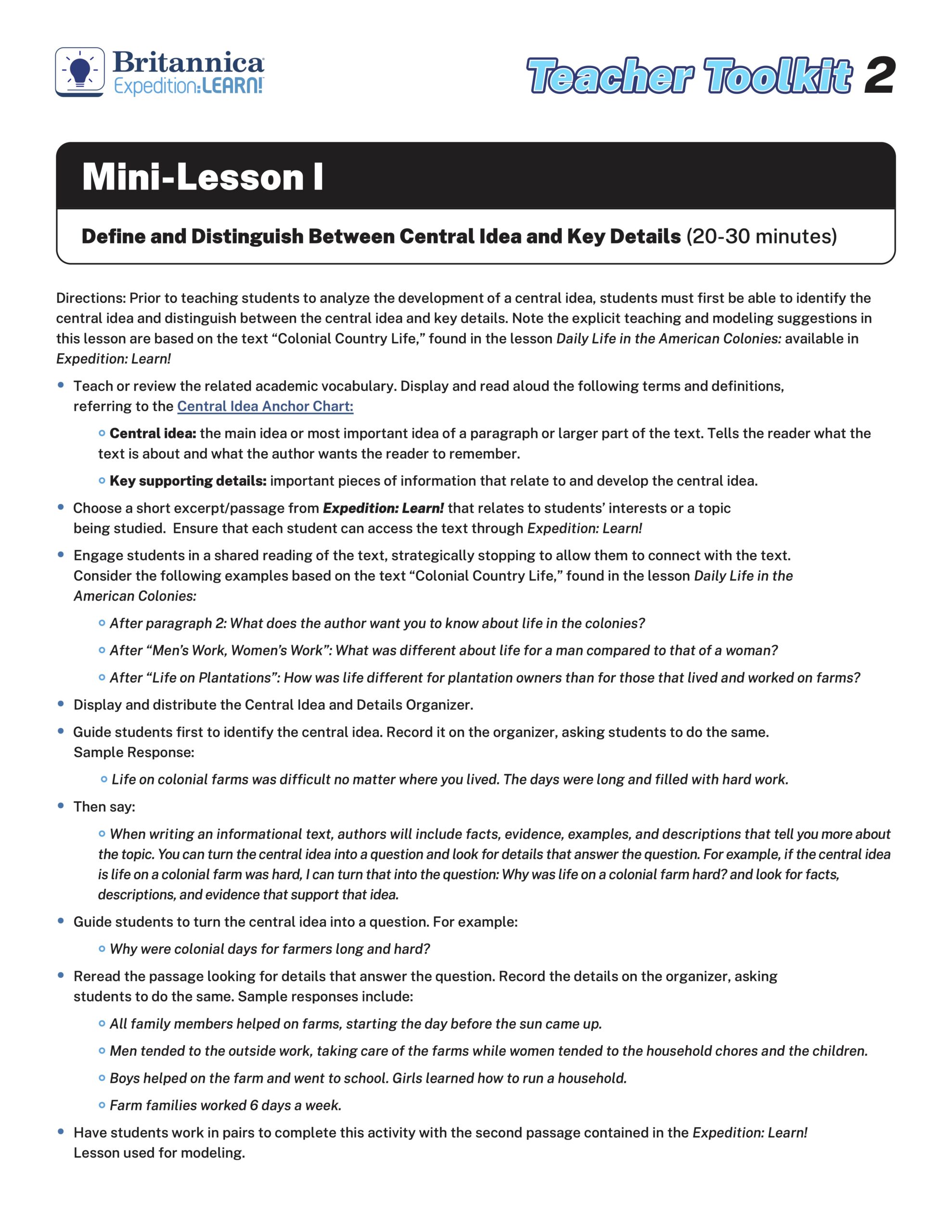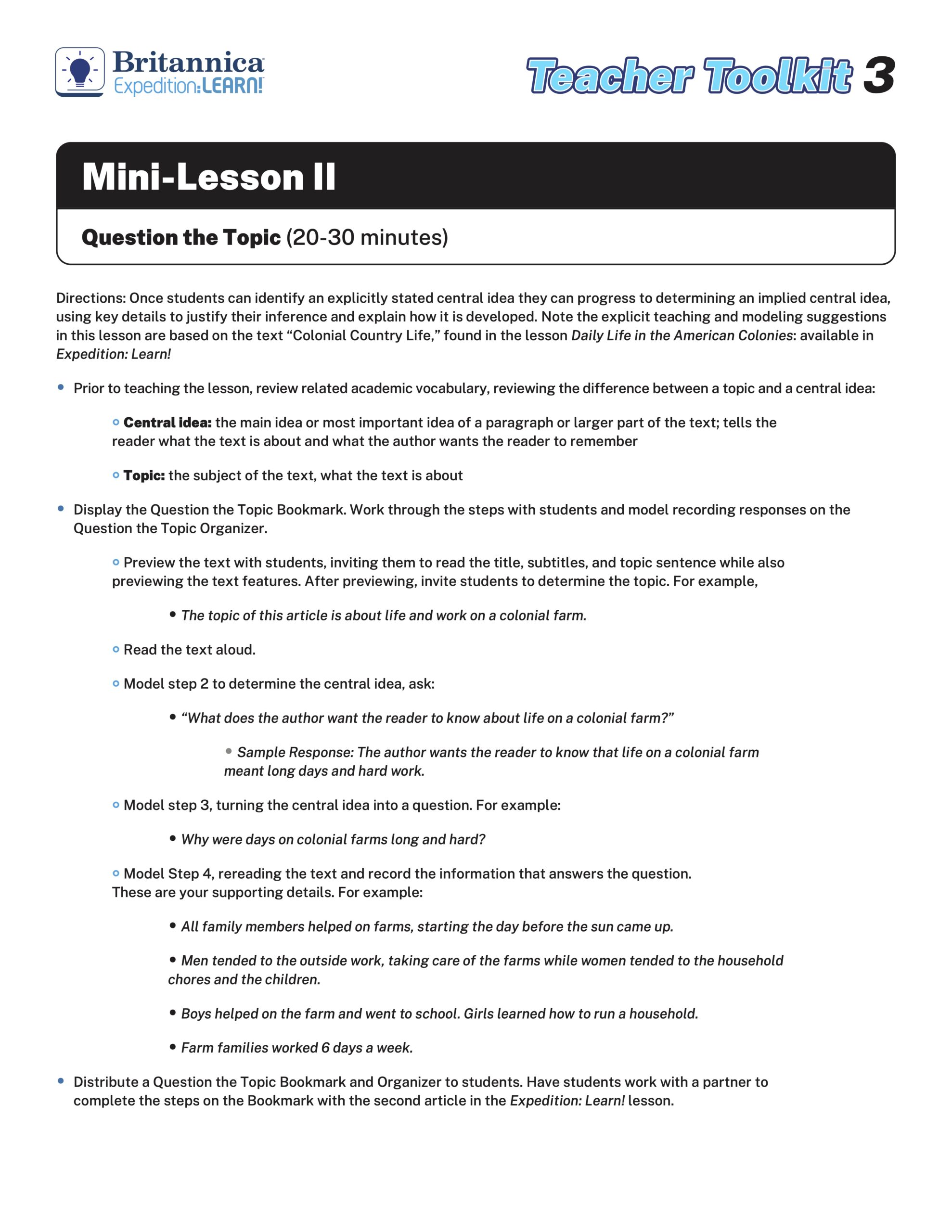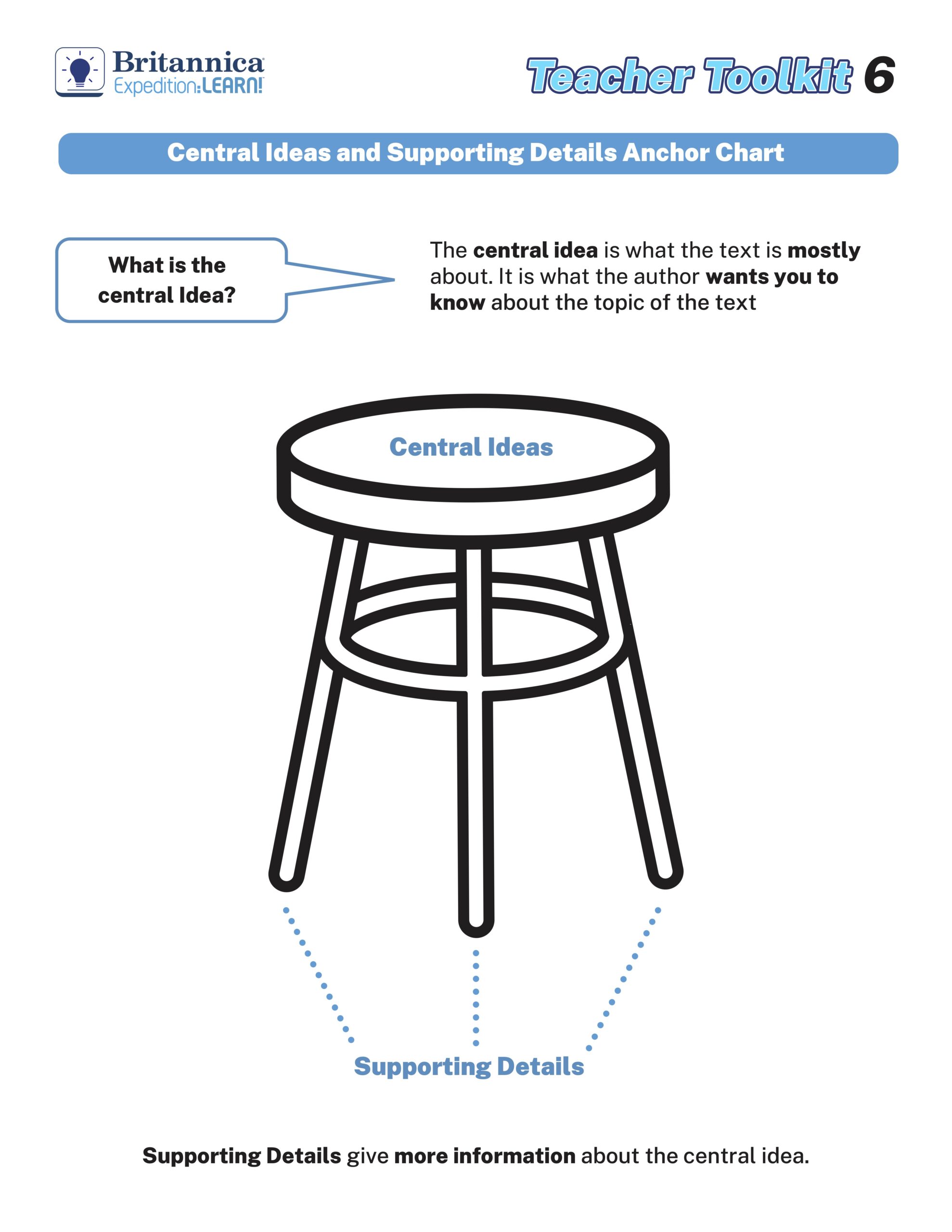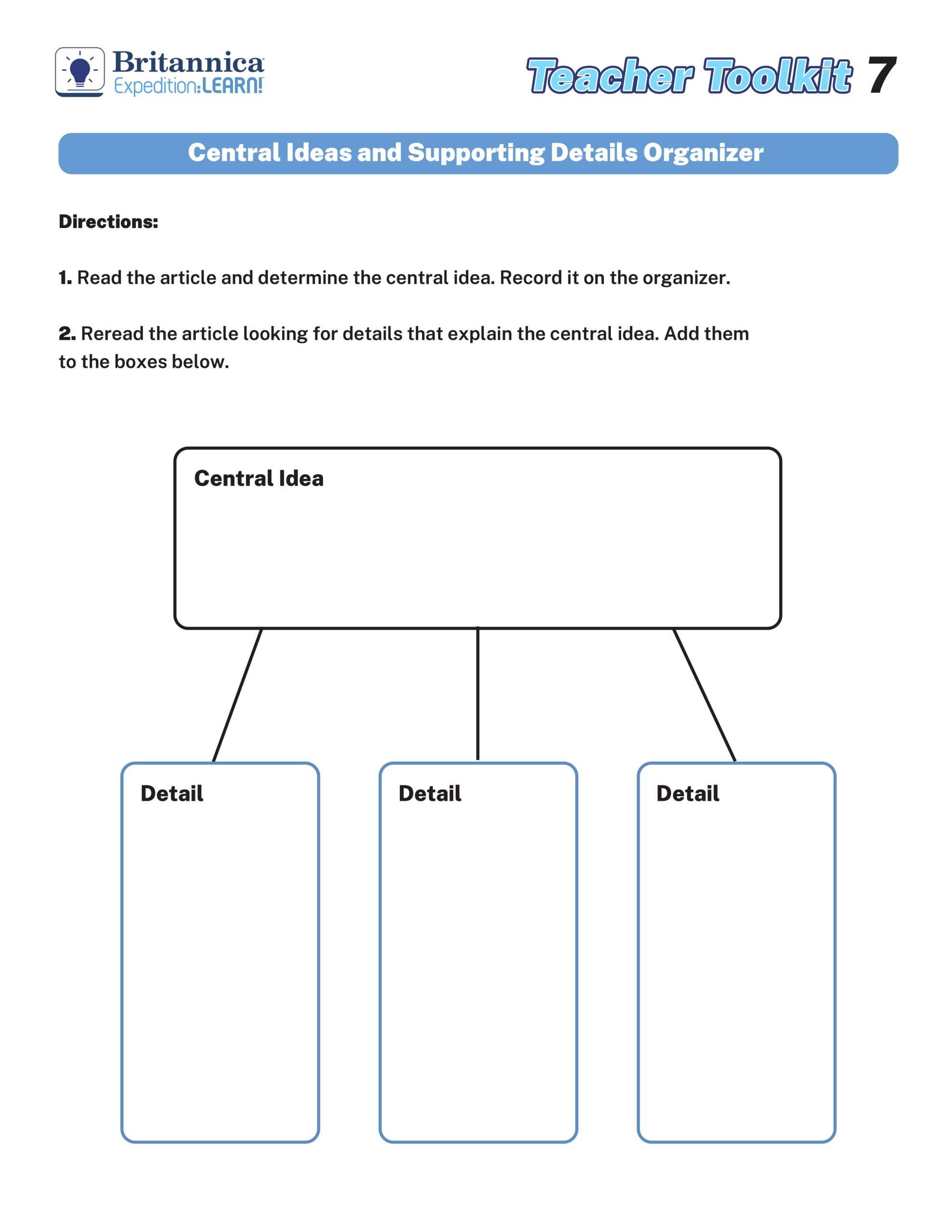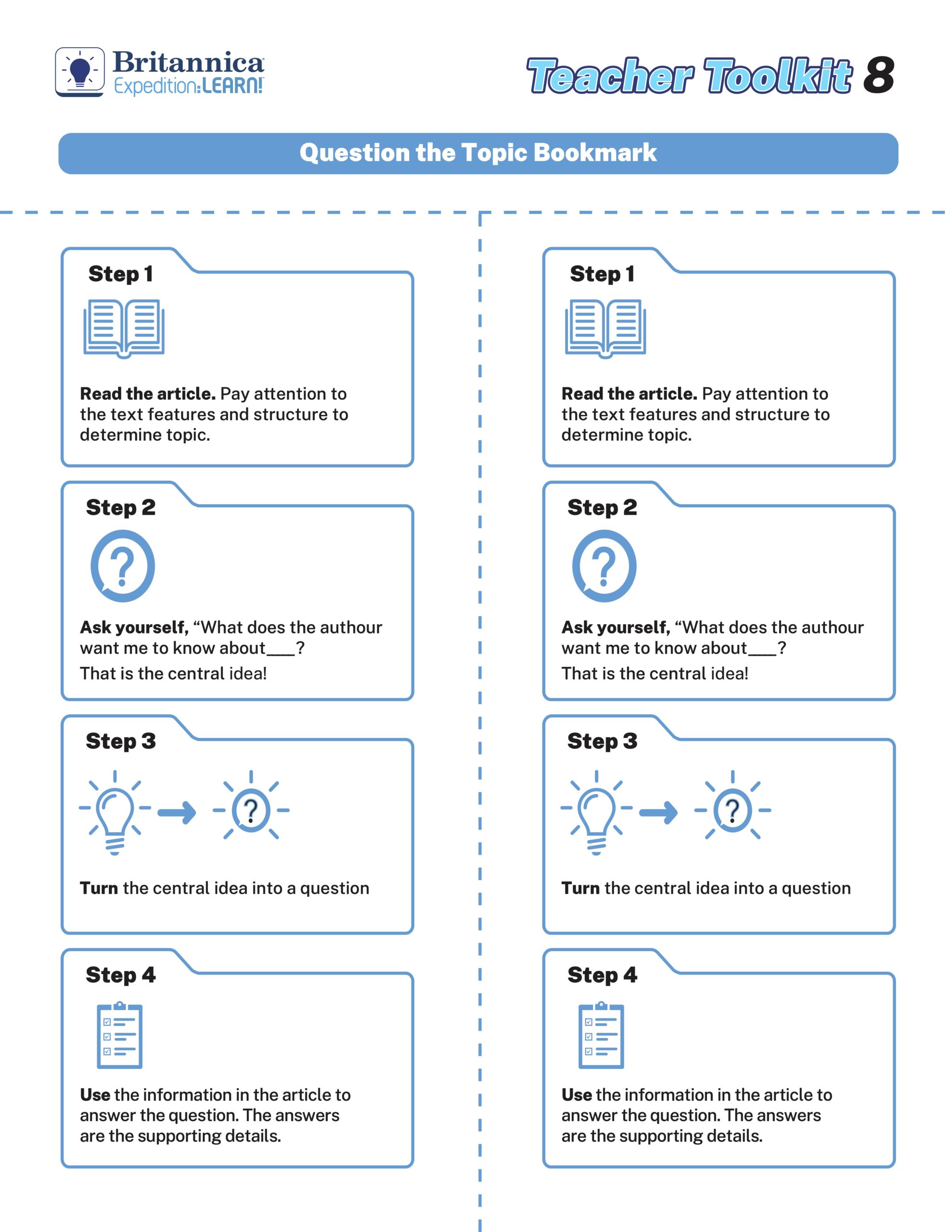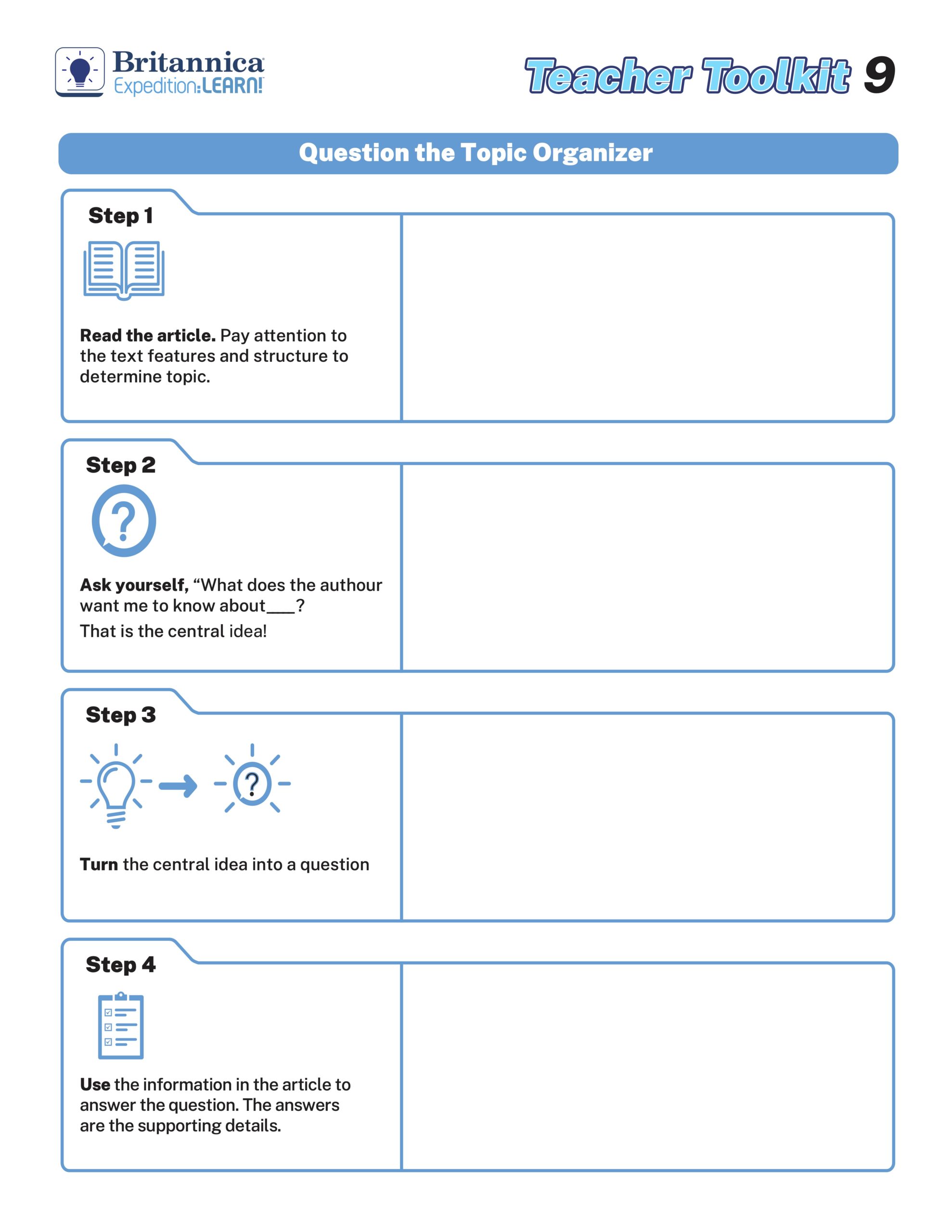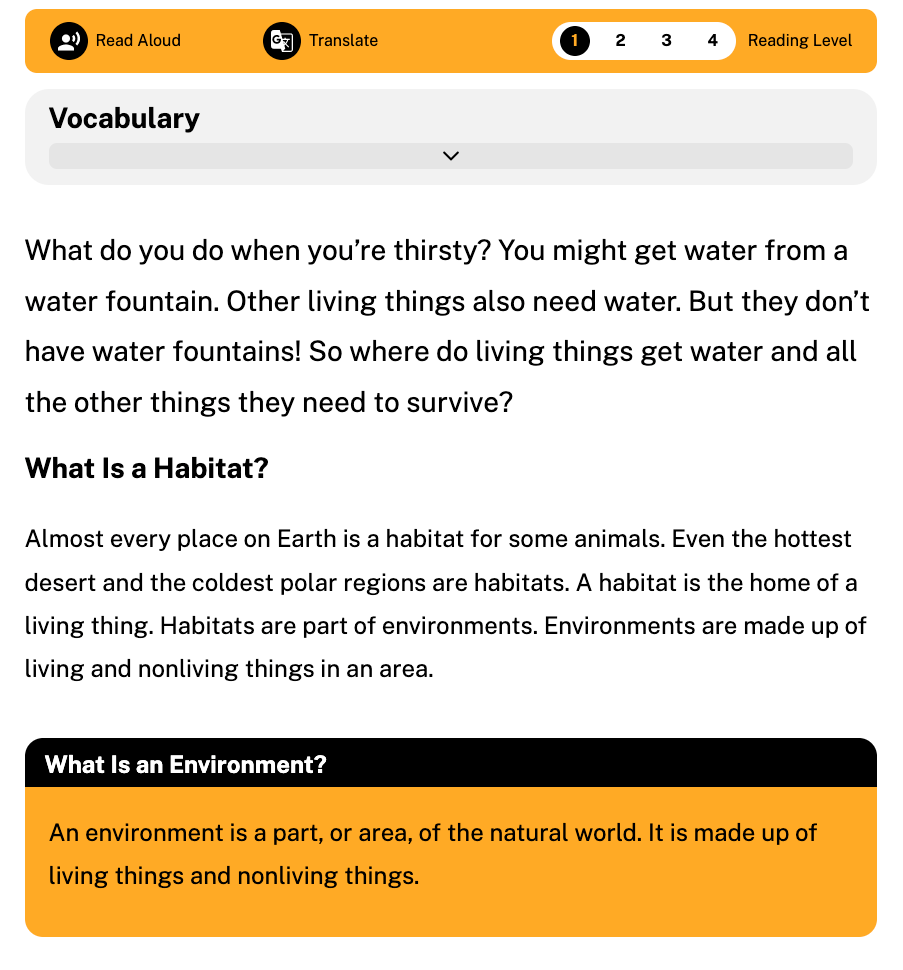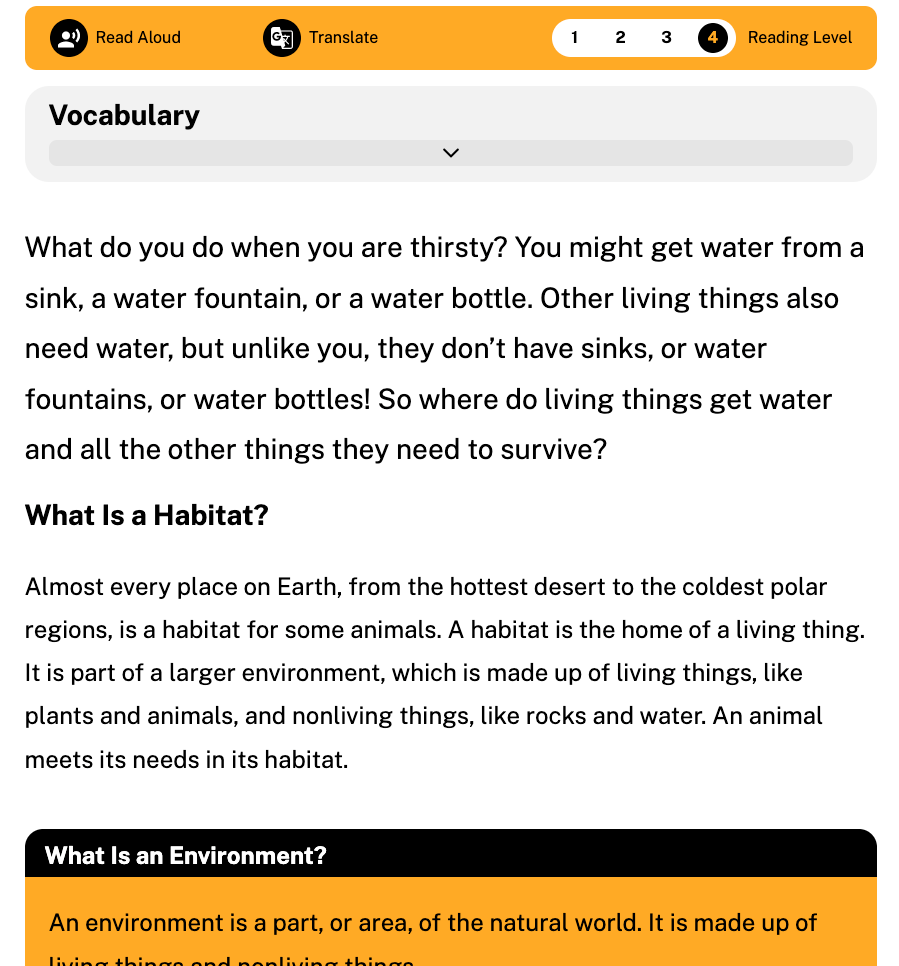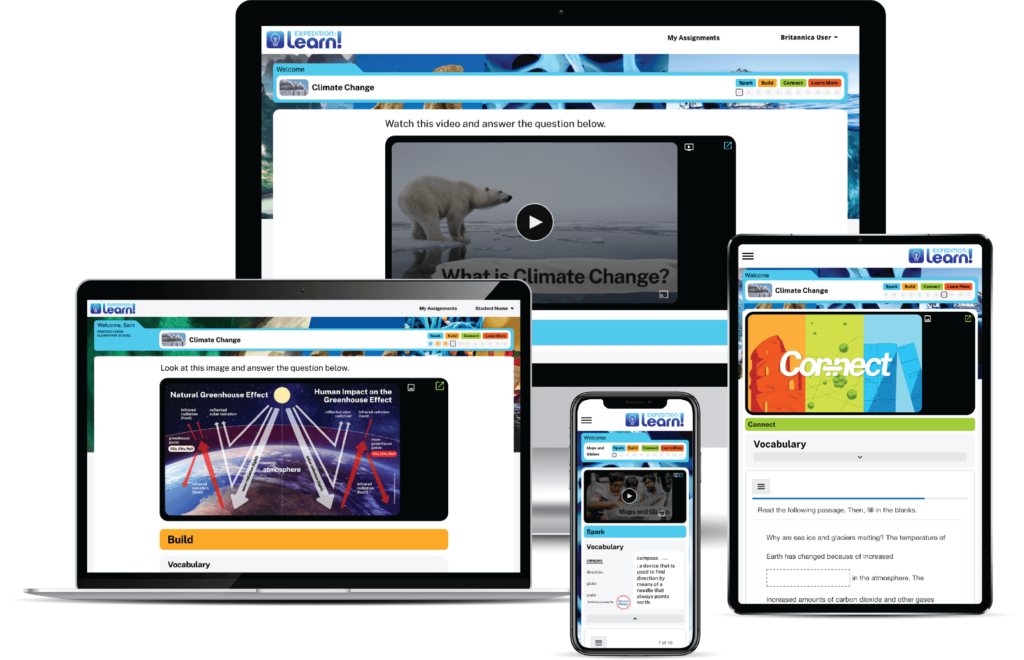5 Valuable Considerations to Improve Learning Environments
Whew! You have officially made it to the end of the school year. As the long-awaited summer break dawns, it is an opportune time for teachers and administrators to pause, reflect, and assess the effectiveness of their school’s culture and practices. End of year reflection is a crucial aspect of growth, allowing us to identify what worked and what didn’t and to ponder possible improvements for the years ahead. As you take it all in over the summer, focus on five vital areas: educational strategies, system updates, celebrations, traditions, and student leadership practices.
1. Educational Strategies: Accommodate Diverse Learning Styles
The curriculum is another area that warrants reflection at the end of the school year. Ask: Does our curriculum prepare students for the real world, offering practical knowledge and critical thinking skills? Does it accommodate diverse learning styles, and is it flexible enough to meet individual student needs?
Next, consider your school’s classroom management practices. A positive, supportive classroom environment is crucial for students’ academic success and contentment. Reflect on the strategies to create such an environment: Are they promoting respect, inclusivity, and student cooperation? Are they accommodating the socio-emotional needs of students?
How to Promote Inclusive Learning
- Create a welcoming, affirming, culturally responsive environment that encourages open, honest, and respectful conversations.
- Practice Social Emotional Learning (SEL) and trauma-informed strategies to connect with individual students and help them adapt to new or challenging situations.
- Guide students to build relationships, understand and manage their emotions, and develop positive attitudes and beliefs about themselves, each other, and the school.
- Work together to set and achieve positive goals.
- View our complimentary on-demand Inclusive Learning webinars for more in-depth training.
By reflecting on educational strategies, schools can stay at the forefront of educational innovation and ensure students are equipped with the necessary skills and knowledge for the future. It’s not about completely overhauling your existing strategies but identifying areas that can be enhanced to promote an enriching and meaningful experience for all students. Remember, education is not one-size-fits-all; it should be a journey of discovery that celebrates every student’s unique potential.

2. System Improvements: Reimagine Learning Spaces
A significant area for end of year reflection is your school’s educational strategy effectiveness. These techniques encompass a range of aspects, from teaching methodologies and curriculum design to technological integration and classroom management practices.
In this era of rapid digital transformation, the pandemic necessitated rethinking traditional teaching strategies. It opened the door to blended learning models incorporating face-to-face and online education. Reflect on how effectively your school has adapted to these changes: Has technology been effectively integrated into the classroom? Are students finding online learning tools engaging, interactive, and accessible? Have you created a learning environment that builds student connections? Are teachers equipped with the necessary skills and tools to facilitate digital learning?
Even with its challenges, digital learning’s benefits are extensive when done well. It all starts with your ability to conveniently and safely access what you need to create the best online learning environment. Easily integrate your Britannica digital learning solutions into your classroom using your IP address, referring URL, barcode authentication, and single sign-on methods.
3. Celebrations: Enhance Student Connection and Recognition
Celebrations are essential to a vibrant school environment. They allow for recognition, promote student engagement, connect students and educators, and boost school spirit. Commemorating achievements also provides respite from routine academic tasks, and the joy they bring positively impacts student well-being.
Reflect on the celebrations held in the past year: Did they encourage participation from all students, or were some groups less involved? Did the celebrations focus solely on academic achievements, or were other areas such as arts, sports, community service, and personal growth also acknowledged? How can you extend beyond traditional end of the school year activities and incorporate celebratory events throughout the year?
There’s always room for improvement. Considering these questions, you can strive towards more inclusive, diversified, and impactful celebrations. Remember, it’s about celebrating effort and growth as much as it is about celebrating success.
4. Traditions: Anchor Identity and Foster Community
Traditions are an integral part of a school’s identity, serving as the foundation of the school’s culture. They offer continuity, create a sense of belonging, and instill pride in students, staff, and the wider community. End of year reflection should involve an in-depth review of your school’s traditions. Consider their relevance, inclusivity, and impact on community fostering.
Ask: Do our traditions still resonate with our current student body? Are they inclusive, embracing the diversity of our students? Do they promote unity and pride in our school? Are there opportunities to add more enriching, community-building activities to the school calendar?
If you find certain traditions have lost their spark or aren’t connecting with the students, it’s time to consider introducing new ones that better align with your school’s values and evolving student body. Collaborate with students, teachers, and parents to brainstorm ideas for new traditions that can be adopted to help activate students in the upcoming school year.
5. Student Leadership Practices: Empower Future Leaders
Investing in student leadership is a profound commitment to the future. Effective student leadership programs empower students by giving them a sense of responsibility, improving their decision-making skills, and boosting their confidence.
Reflect on your school’s student leadership practices: Are there enough opportunities for students to take on leadership roles? Do these opportunities cater to different interests and skills, or are they concentrated in specific areas like student government?
Ensure your school’s leadership practices are not limited to a select group. Instead, they should be inclusive and allow every student to explore their potential. Remember, leadership comes in many forms—leading a project, organizing a campaign, and standing up for others.
As the school year comes to an end, take the time to reflect deeply on these areas. Remember, the goal is not just to critique but to identify growth areas that can create a more inclusive, engaging, and empowering environment. As you embark on this journey of reflection, remember that the effort you put in today will shape your students’ experiences tomorrow. Happy almost-summer!




